Is Paprika Powder Spicy or Sweet? The Ultimate Guide to Spice Lovers and Home Chefs!
If you've ever stood in front of a spice rack wondering, "Wait—is paprika powder spicy?" you're not alone. Paprika can be confusing. Is it the fiery red kick for chili lovers or the mellow red dust that just adds color? In this article, we’ll uncover everything you need to know about paprika powder spicy, including how it’s made, its flavor profiles, and when to use which type in your cooking.
Table of Contents
- What is Paprika?
- Paprika Powder Spicy vs. Sweet: What's the Difference?
- How Paprika Powder Is Made
- Spice Levels: Scoville Scale & Heat Comparison
- 5 Practical Cooking Tips with Spicy Paprika
- Buying Guide: Choosing the Right Paprika for You
- Top 3 Recipes to Try with Spicy Paprika
- Conclusion
What is Paprika?
Paprika is a ground spice made from dried peppers—usually Capsicum annuum varieties like bell peppers, chili peppers, and other mild to hot cultivars. Originating in Central and South America, paprika became popular in Hungary and Spain, where different styles evolved based on climate and local preferences.
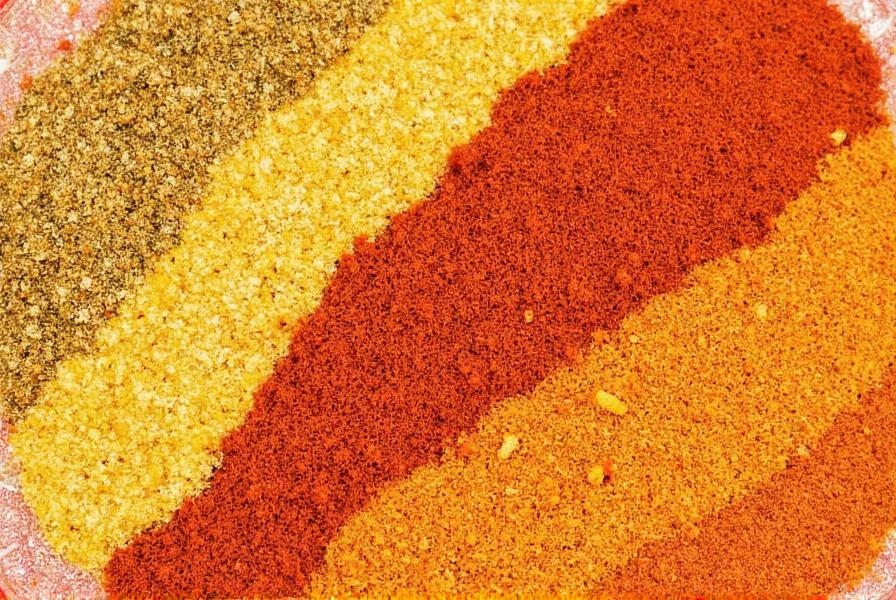
Depending on the region and production methods, paprika can range from sweet and mild to intensely hot. This versatility makes it a staple in many cuisines around the world—from Spanish chorizo to Hungarian goulash.
Paprika Powder Spicy vs. Sweet: What's the Difference?
The key difference lies in the pepper variety used:
| Type | Pepper Source | Flavor Profile | Heat Level | Best For |
|---|---|---|---|---|
| Sweet Paprika | Bell peppers, mild chili peppers | Mild, slightly fruity, earthy | Low (0–1,000 SHU) | Adds color and subtle flavor without heat |
| Hot Paprika | Spicy chili peppers (e.g., cayenne, jalapeño-based hybrids) | Smoky, bold, peppery heat | Medium to high (1,000–50,000 SHU) | Chili dishes, stews, and spicy meat rubs |
So yes—paprika powder can absolutely be spicy. But it’s not always. Always check the label before adding it to your dish!
How Paprika Powder Is Made
Traditional paprika is made by drying and grinding peppers into a fine powder. The process varies by region:
- Hungarian Paprika: Sun-dried and slowly smoked, giving it a rich, deep flavor. Available in grades from “Különleges” (noble) to “Erős” (hot).
- Spanish Paprika (Pimentón): Often smoked over oak fires, resulting in a distinctive smoky profile. Comes in sweet (dulce), bittersweet (agridulce), and hot (picante) varieties.
- American Paprika: Usually milder, often blended with other spices like garlic or cumin for seasoning mixes.
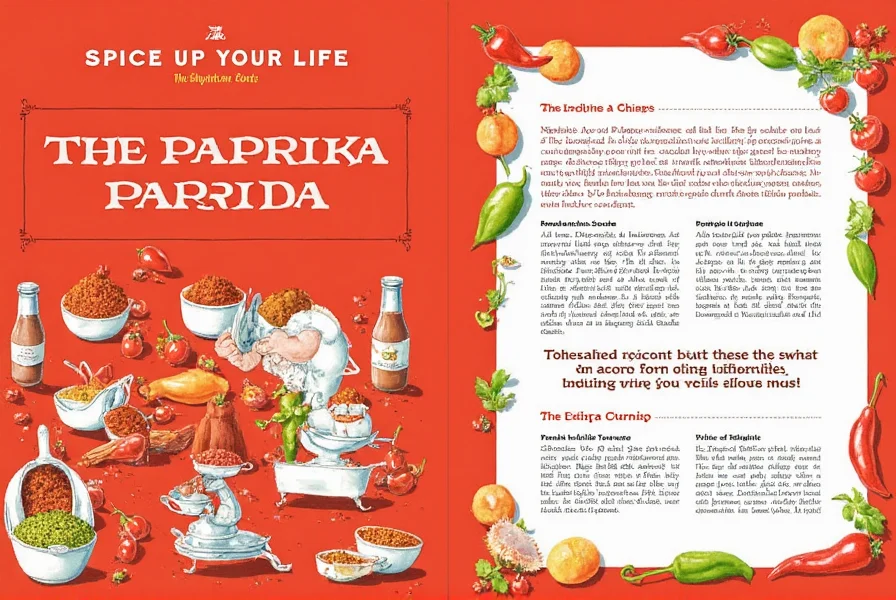
Spice Levels: Scoville Scale & Heat Comparison
Let’s get technical! Here’s where paprika powder spicy really shines:
| Spice Type | Scoville Heat Units (SHU) | Comparable Pepper |
|---|---|---|
| Sweet Paprika | 0–1,000 | Green Bell Pepper |
| Hot Paprika | 1,000–50,000 | Jalapeño to Cayenne |
| Chipotle Powder | 2,500–8,000 | Chipotle Pepper |
| Cayenne Pepper | 30,000–50,000 | Raw Cayenne |
This means some hot paprikas can rival cayenne in heat—use them sparingly unless you’re ready to feel the burn!
5 Practical Cooking Tips with Spicy Paprika
Ready to spice up your kitchen game? Here are five ways to make the most out of paprika powder spicy:
- Toast It First: Lightly toast paprika in oil or dry heat to unlock more depth and aroma. Just don’t burn it—it turns bitter fast!
- Use It in Meat Rubs: Blend with garlic, salt, and cumin for a smoky-hot dry rub for chicken, pork, or ribs.
- Add to Stews & Soups: A pinch of hot paprika gives hearty dishes like chili or tomato soup an unexpected layer of heat.
- Shake Over Roasted Vegetables: Especially good on potatoes, carrots, and cauliflower for a spicy, colorful side.
- Make Smoked Paprika Aioli: Mix with mayo, lemon juice, and minced garlic for a zesty dip for fries or grilled veggies.
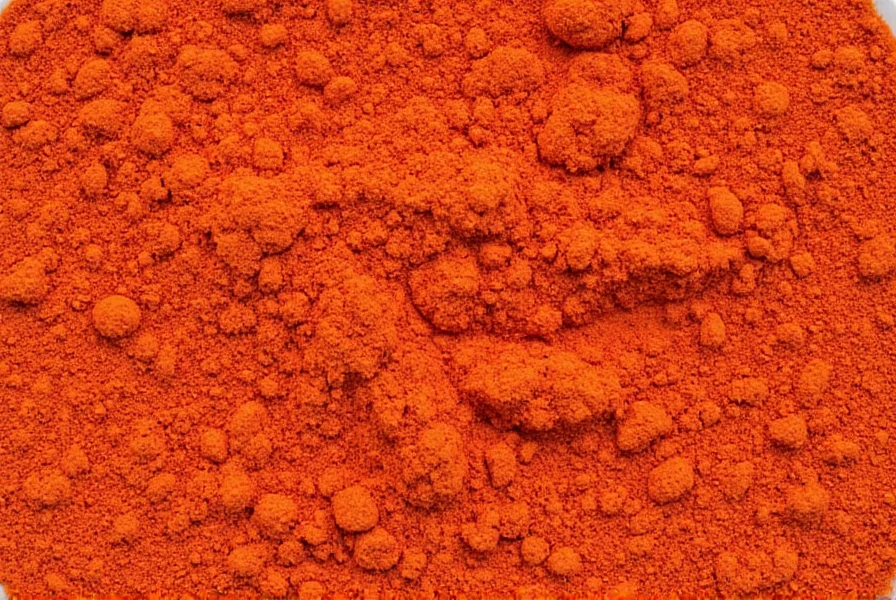
Buying Guide: Choosing the Right Paprika for You
When shopping for paprika powder spicy, consider these factors:
- Origin Matters: Spanish pimentón tends to be smokier; Hungarian versions have more nuanced heat levels.
- Check the Label: Look for terms like “hot,” “sharp,” “picante,” or “erős” to ensure you're getting the right kick.
- Whole Peppers vs. Powder: If you want more control, buy dried chilies and grind them yourself using a spice grinder.
Recommended Brands & Use Cases
| Brand | Type | Key Features | Who Should Buy It | Ideal For |
|---|---|---|---|---|
| La Chinata Pimentón de la Vera Picante | Spanish Hot Smoked Paprika | Richly smoky with medium heat, slow-smoked over oak | Home cooks and grill lovers | BBQ sauces, paella, and charcuterie |
| McCormick Smoked Paprika | Medium Heat, Smoked | Consistent quality, widely available | Beginners and everyday cooking | Roasted vegetables, potato salad, deviled eggs |
| Kerrygold Irish Paprika | Mild to Medium | Clean flavor, light orange-red hue | Cooks needing color and mildness | Rice dishes, soups, seafood |
| Oprah Organics Organic Hot Paprika | Organic, Spicy | Non-GMO, vegan-friendly packaging | Health-conscious users | Healthy meal prep, spice blends |
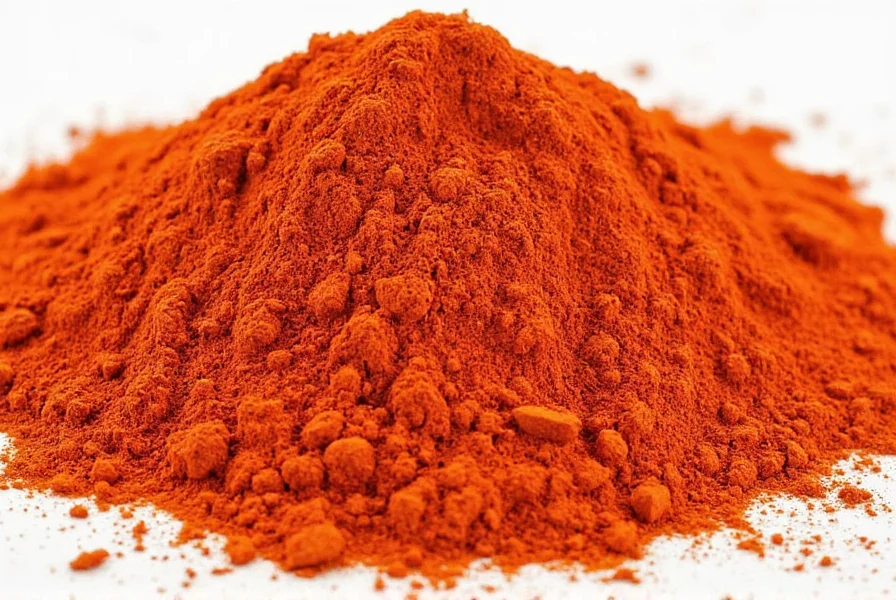
Top 3 Recipes to Try with Spicy Paprika
- Spicy Paprika Chicken Skillet: Sear boneless thighs, add onion, garlic, crushed tomatoes, and a teaspoon of hot paprika. Simmer and serve with rice or crusty bread.
- Smoked Paprika Hummus: Blend chickpeas, tahini, lemon, garlic, olive oil, and a tablespoon of smoked paprika for a smoky twist.
- Spanish-Style Potato Wedges: Toss wedges in olive oil and a sprinkle of picante paprika. Bake until golden and crisp.
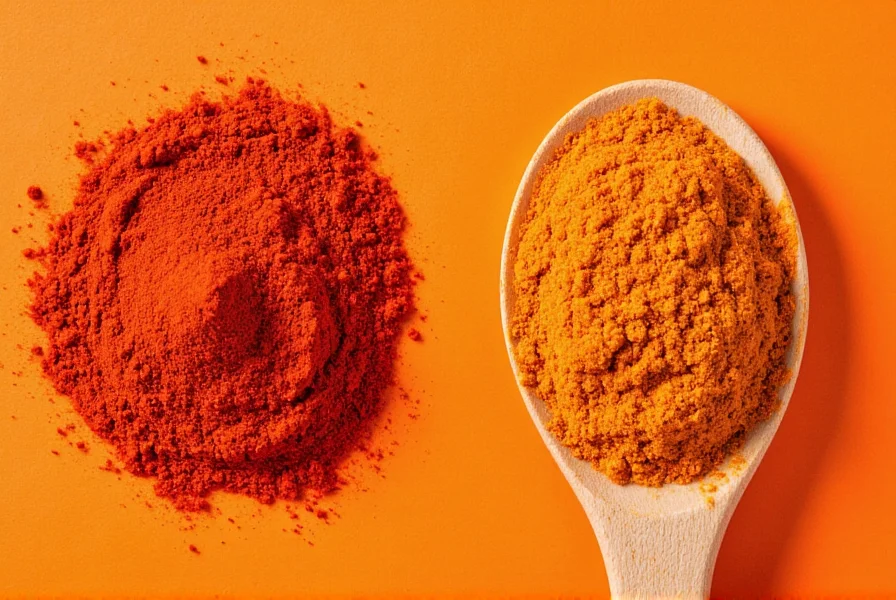
Conclusion
So, is paprika powder spicy? Absolutely—but it doesn’t have to be. Whether you crave a gentle warmth or a full-on fire, there’s a paprika style to match your taste buds. From understanding the types to mastering how to use them in the kitchen, you’re now equipped to spice things up with confidence.
Next time you reach for that jar of red powder, remember: it’s not just a color booster. With the right kind of paprika powder spicy, it can pack a punch and transform your meals from basic to brilliant. Happy spicing!
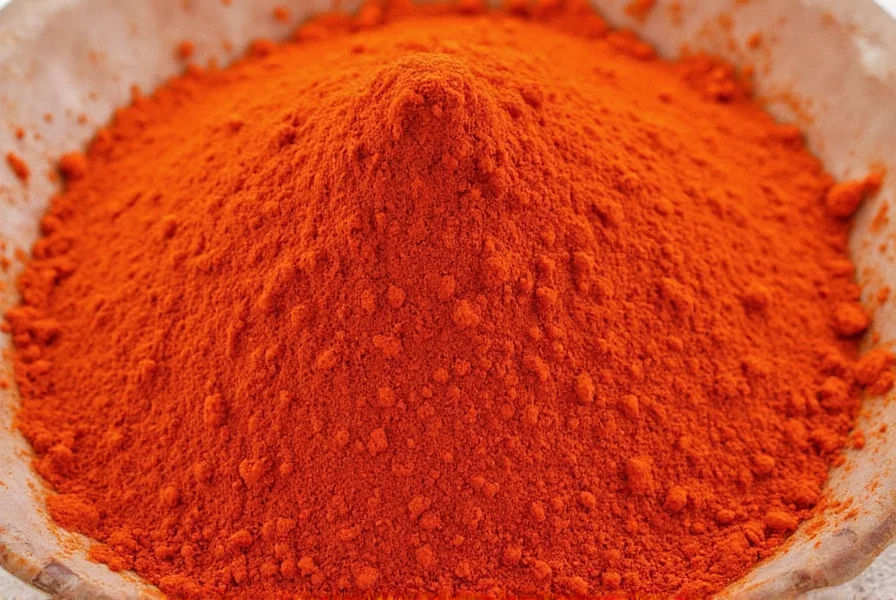

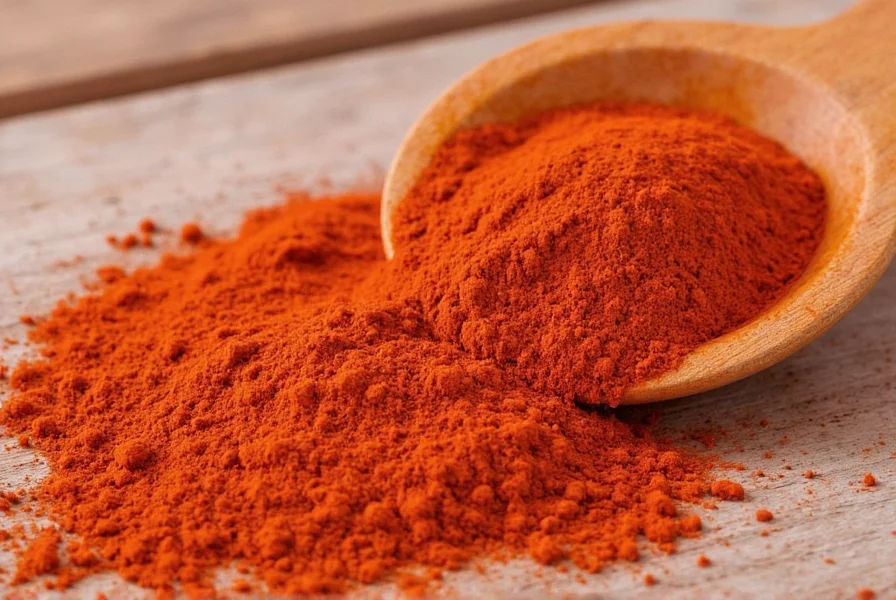









 浙公网安备
33010002000092号
浙公网安备
33010002000092号 浙B2-20120091-4
浙B2-20120091-4